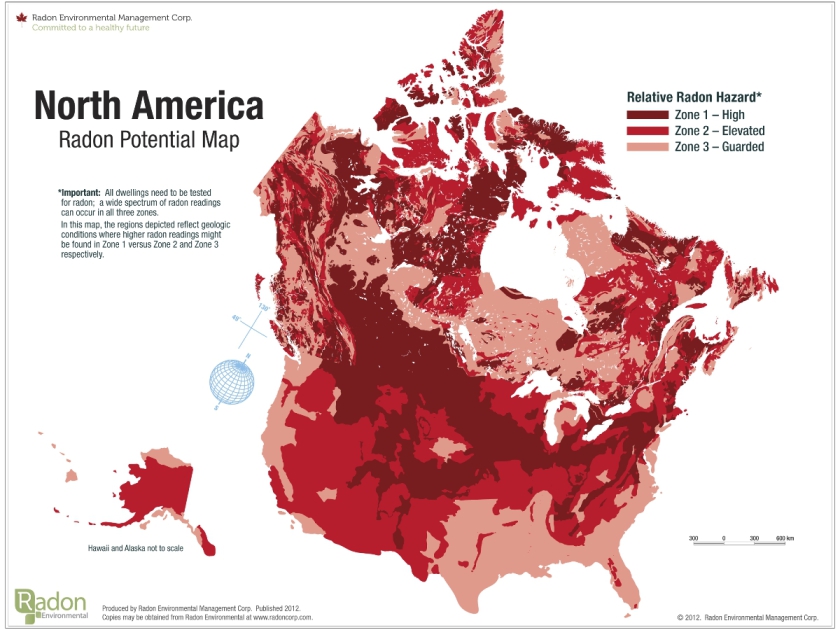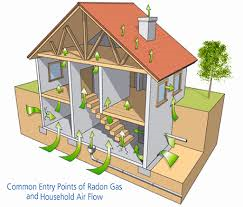Radon Inspection
We recommend a radon inspection in every home purchase on the third floor and lower!
The well-being of your family is too important to take unnecessary chances with. The Surgeon General and the EPA recommend that every home be tested for radon. Over 20,000 people per year die from radon-related lung cancer. Many homeowners are unaware of the danger. Elevated levels of Radon can be a serious problem. Excessive Radon is able to be mitigated. Radon testing is a prudent step to protect your family.
What Is Radon?
Radon is a colorless, odorless, radioactive gas. It forms naturally from the decay of radioactive elements, such as uranium, which are found at different levels in soil and rock throughout the world. Radon gas in the soil and rock can move into the air and into groundwater and surface water.
What Is The Threat of Radon?
Radon is the second leading cause of lung cancer. Scientists estimate that about 20,000 lung cancer deaths per year are related to radon.
How Does Radon Get Into The Home?
The radon gas given off by soil or rock can enter buildings through cracks in floors or walls; construction joints; or gaps in foundations around pipes, wires, or pumps. Radon levels are usually highest in the basement or crawl space. This level is closest to the soil or rock that is the source of the radon. Therefore, people who spend much of their time in basement rooms at home or at work have a greater risk of being exposed.
Any home might have a radon problem – this means old or new homes, well-sealed or drafty homes, and homes with or without basements. If you live in an area with fairly low environmental radon, you could still have significant levels in your home inspection due to the unique confinement or random concentration of radioactive material in the soil below.
Radon Entry Points
How Radon typically can Get Into Your Home:
1. Gaps in suspended floors
2. Cavities inside walls
3. Cracks in walls
4. Cracks in solid floors
5. Gaps around service pipes
6. Construction joints
7. The water supply


